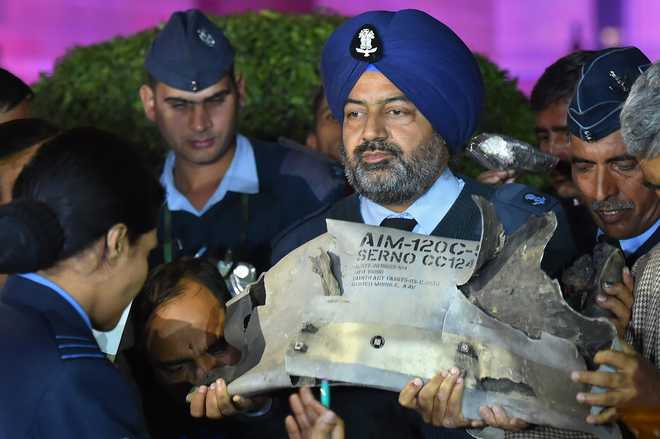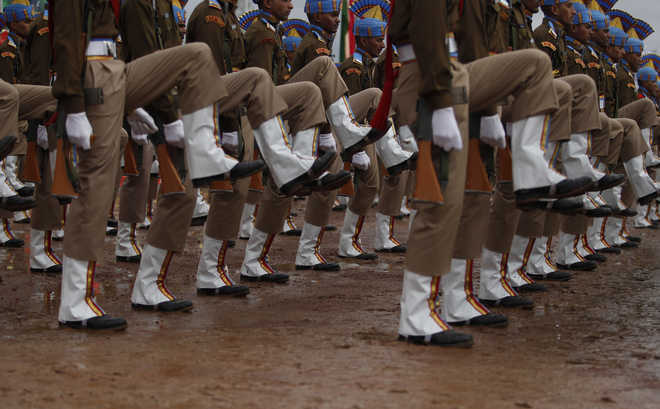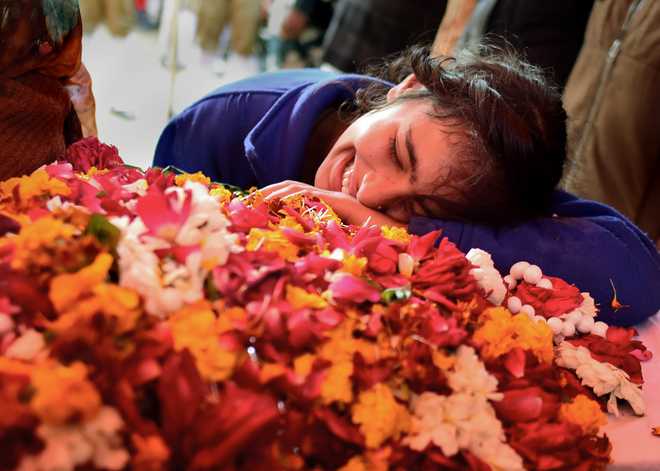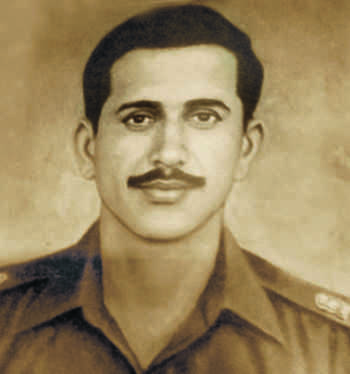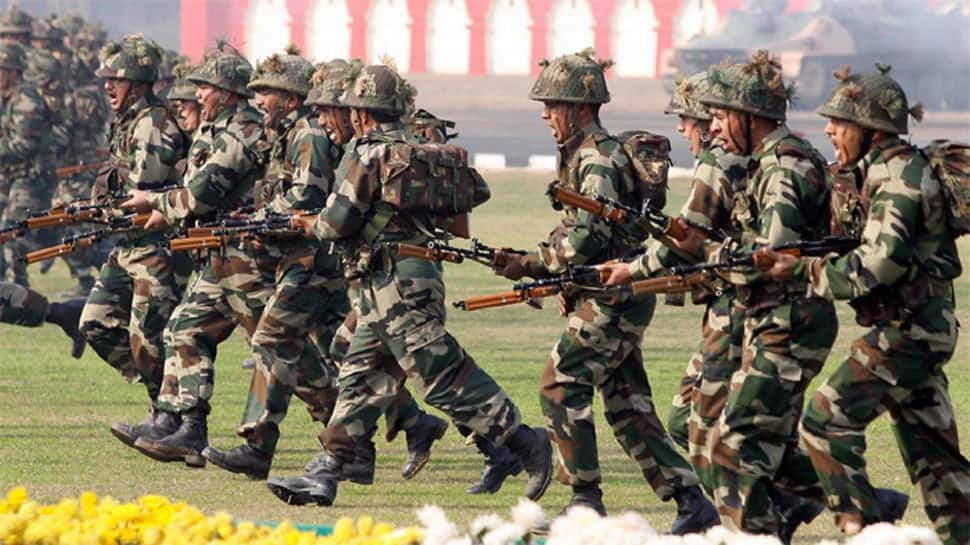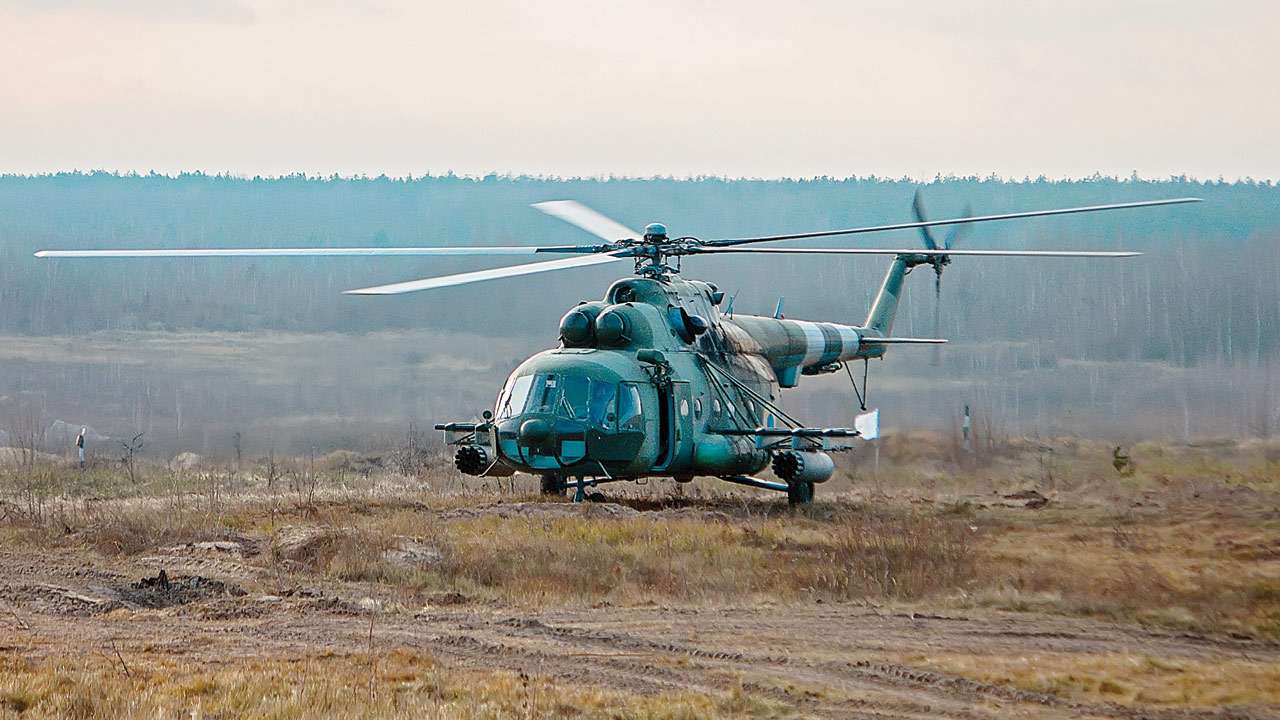
In the last few years the term ‘last helicopter’ has been synonymous with US withdrawal of its remaining rump military and civil elements from any expeditionary deployment abroad.
It originated with the final stages of the US pullout from Saigon, reportedly from atop the US embassy building by helicopter, at the end of the Vietnam War.
That is why when reports poured in last week of a possible US-Taliban deal over a full US pullout from Afghanistan, the first thoughts reflected on the potential of the last helicopter flying away from Kabul and ending the 17-year US involvement in that country.
The question is whether such an eventuality is anywhere near fructification.
The US, Taliban, Saudi Arabia, UAE and Pakistan (the last three being the only ones, which recognised the once existent Taliban government) have over the last few months been negotiating a possible deal, which will allow a full US pullout from its involvement in Afghanistan.
“Meetings here were more productive than they have been in the past. We made significant progress on vital issues,” Zalmay Khalilzad, the US special representative for Afghan reconciliation, tweeted after six days of talks with the Taliban in Qatar in which Saudi Arabia and UAE were not present. Presence of some Pakistani representation remains unconfirmed.
The Afghan National Unity Government (NUG) led by President Ashraf Ghani is marked by its absence at the supposed conflict termination talks, primarily because of Taliban objections. It is too early to make any big deductions from the leaked and stated results, which appear at best tentative.
But the fact that some progress has been made in the six days of negotiations at Qatar is obvious because, at the end of it, Zalmay Khalilzad headed to Kabul for discussions with President Ashraf Ghani.
There are several issues that remain sticking points. It starts with the absence of the NUG itself, as the Taliban refuses to talk with its representatives, possibly out of fear of revealing weaknesses and legitimising an entity it opposes tooth and nail.
Ashraf Ghani has made genuine and sincere efforts to be a part of the negotiations. The Taliban also knows that the NUG’s absence will force the US to remain uncertain.
The Taliban is deeply suspicious of US intent. As a non-state entity, it is difficult to negotiate with, as it is not bound by conventions and rules; there can be no certainty that the Taliban will honour an accord in total.
The presence of Pakistan, Saudi Arabia and UAE is the guarantee that the US seeks for implementation of a negotiated settlement.
It appears that the two sides may have agreed to a framework deal, which may then lead to a more committed intra-Afghan dialogue. The relative seriousness of the Taliban commitment to talks is reflected by the presence of Baradar Akhund, now considered as the virtual deputy in the Taliban hierarchy.
What probably will hold back the talks from progressing to a breakthrough level is the Taliban strategy of continuing to fight while negotiating. The US, hamstrung by a 17-year-old costly war, is unable to urge the Taliban to enter a ceasefire before talks.
It does remind one of a similar situation existing in the Indo-Pak environment, where the Indian government has steadfastly refused to talk with Pakistan that backs proxy terror against it.
The Taliban possibly appreciates that the greater its domination of the security environment, the more it can squeeze from the US. In fact, there could be expectations of a renewed annual spring offensive in 2019, which usually results in a large number of casualties to the Afghan security forces that have been on an average losing 7,000-8,000 men annually in the last few years.
Conceptually, US strategy has harped on operations being fought and led by Afghans themselves, but it has consistently refused to adequately arm them with weapons considered appropriate to stem the Taliban’s frequent offensives.
A full US withdrawal without adequate safeguards of a better armed and equipped Afghan security forces, is the surest opening to civil war with only one anticipated end.
The other issue on which the talks would be focused on is the duration for a complete withdrawal. A progressive drawdown will give President Donald Trump the political leverage he seeks and yet continue the support to the Afghan National Army (ANA) and the NUG.
The US can make a quick exit without an agreement and leave behind a mess, which will only aid in advancing the interests of organisations such as ISIS that remains perched somewhere observing the situation and ready to exploit the slightest opportunity. It could then be a repeat of the conflict termination witnessed in Iraq with resultant chaos and emergence of the ISIS.
Daniel Coats, US Director of National Intelligence, has expressed his apprehensions about the situation in South Asia due to the upcoming Indian and Afghanistan elections and in particular, has reflected on the relative insecurity of nuclear resources within Pakistan.
The duration till May 2019 and a little beyond is being considered by the international community as a period of uncertainty.
With the state of Pakistan’s economy and its reluctance to rein in all extremist elements, the underlying message in Coats’reflections also points to the possibility of turbulence within Pakistan.
This, in the light of intended US withdrawal, is likely to be viewed as advantage Taliban.
India finds itself out of the mainstream parleys and Pakistan has thrived in driving uncertainty by first calling for Indian involvement (recall Pakistan Foreign Minister Shah Mahmud Qureshi’s earlier statement about the need for India to be a part of the negotiations) and then working against the same.
In the light of this, should India open some form of engagement with the Taliban to develop options for a post-US Afghanistan? Prudence does point towards following such a course, but given the current strong position the Taliban finds itself in, it is uncertain whether it will wish to upset the cards, all of which seems to be falling in its favour.

